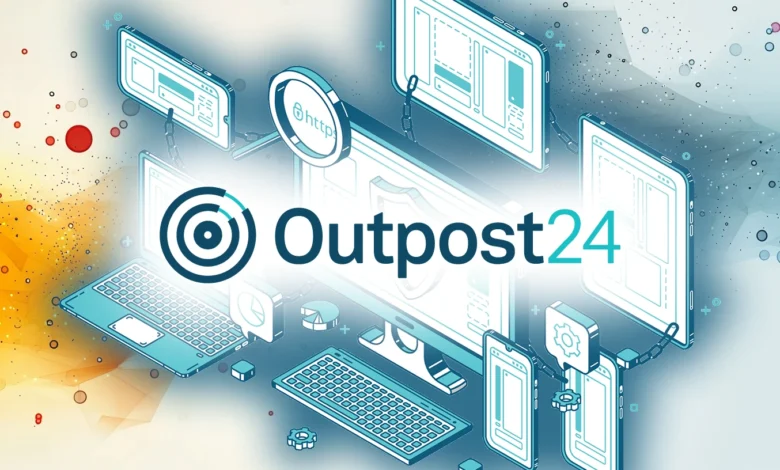Why EASM is Essential for Modern Cybersecurity

▼ Summary
– EASM tools help organizations discover internet-facing assets and vulnerabilities that attackers could target.
– The modern attack surface has expanded to include cloud services, IoT, and remote work, increasing cyber risks.
– Effective EASM systems feature continuous discovery, automated security analysis, and risk-based reporting.
– EASM complements existing security tools by providing external visibility and enhancing threat intelligence and DRP.
– Outpost24’s EASM solution offers continuous monitoring, prioritizes risks, and delivers actionable mitigation plans.
Navigating today’s intricate cybersecurity landscape means security teams face a dual challenge: not only must they defend against active threats, but they must first uncover where those vulnerabilities lie. External Attack Surface Management (EASM) tools have emerged as a critical solution, enabling organizations to identify and manage weaknesses that malicious actors could exploit. These tools deliver essential intelligence on publicly accessible organizational assets, cloud services, and other digital properties, forming a foundational layer of modern cyber defense.
EASM encompasses a variety of processes, technologies, and professional services, all unified by a common goal: discovering internet-facing assets, systems, and exposures that could be targeted by attackers. Rather than replacing existing security infrastructure, a well-implemented EASM system enhances it, providing new insights and strengthening overall resilience.
The digital attack surface has grown dramatically, extending beyond traditional network devices and on-premise servers to include cloud resources, IoT devices, mobile endpoints, and remote work infrastructure. This expansion introduces new endpoints and potential vulnerabilities, increasing organizational exposure to cyber threats. To address this complexity, effective EASM tools generally operate around three core functions:
Continuous discovery automates the identification of external assets, such as DNS records, email systems, web applications, and file shares, ensuring that nothing remains hidden.
Automated security analysis follows discovery with deeper verification, pinpointing issues like software vulnerabilities, misconfigurations, error messages, or unsecured login pages.
Risk-based reporting prioritizes findings from the outset, enabling security teams to focus on the most critical threats and execute mitigation strategies efficiently.
Integrating EASM early in the security lifecycle grants Security Operations Centers (SOC) complete visibility over the external attack surface, reducing blind spots and supporting proactive defense measures. Key benefits include:
Continuous monitoring serves as a frontline defense, identifying newly exposed assets before they are picked up by traditional vulnerability scanners or trigger firewall alerts.
Enriched threat intelligence feeds into SIEM and EDR systems, improving detection of reconnaissance activity and early-stage attacks.
Enhanced Digital Risk Protection (DRP) helps identify exposed credentials or other sensitive data, supporting efforts to combat brand impersonation, phishing, and domain squatting.
EASM should be viewed as a complementary capability, not a standalone replacement. It focuses specifically on what attackers see from the outside, including assets created outside formal change management processes, filling gaps left by internally oriented tools.
For example, penetration testing relies on accurate, real-time asset mapping, which EASM provides. It also works alongside vulnerability scanners by uncovering both known and unknown assets using DNS data rather than IP addresses. Similarly, EASM supports Cloud Security Posture Management (CSPM) solutions by discovering unmanaged or forgotten cloud-hosted endpoints, ensuring a more complete security posture.
Ultimately, organizations need clear, actionable outcomes to close security gaps. Modern EASM platforms offer continuous monitoring, comprehensive discovery, interactive dashboards, and customized alerting, all designed to streamline workflows and improve response times. By delivering accurate risk scoring and prioritization, these tools empower teams to mitigate threats effectively.
In an era of escalating digital risk, EASM has shifted from optional to essential. It provides the visibility needed to monitor threats across an ever-expanding attack surface, including risks you may not even know exist.
(Source: HelpNet Security)





